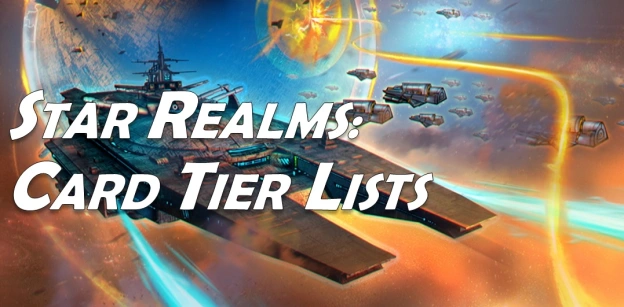by Scott Heise aka HomerJr
Editor’s Note: There is a newer version of the Card Tier List, HERE.
[Updated 1/21/2017]
A lot has happened since I originally wrote this card tier ranking almost a year and a half ago. Not only have four new expansions containing 16 new ships/bases been released (B&B, Heroes, and F&F), but I played about 5500 more games in that span. Both of these demand a lot of discussion and necessitate an update to my Tier Lists, so let’s get into it!
Before we get to the updated card tier lists, let’s talk quickly about the new cards introduced in the B&B, F&F, and Heroes expansions. I think these cards are still new enough to many players that it’s worth going into each card in a little detail.
(If you want to skip to the update Tier Lists, they’re down below with my original ranking concept description.)






